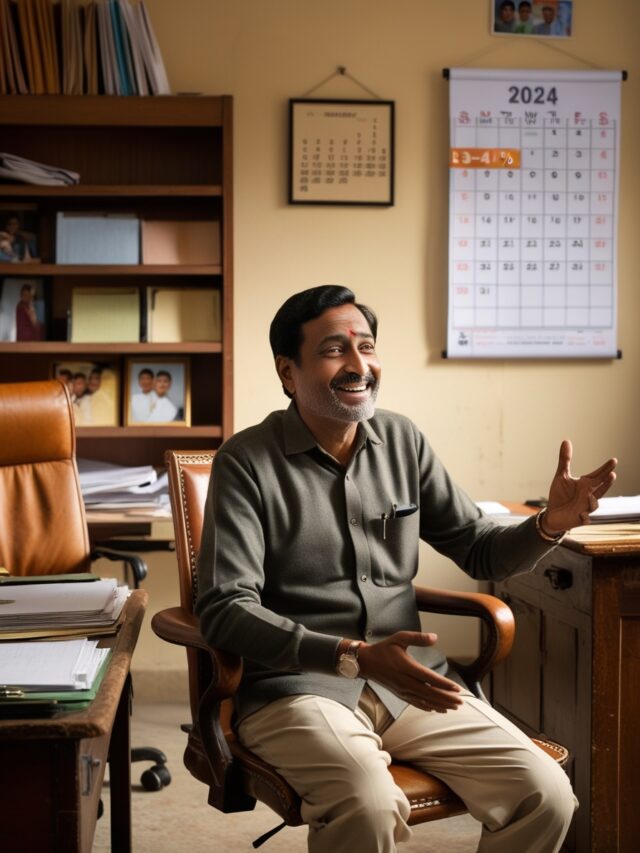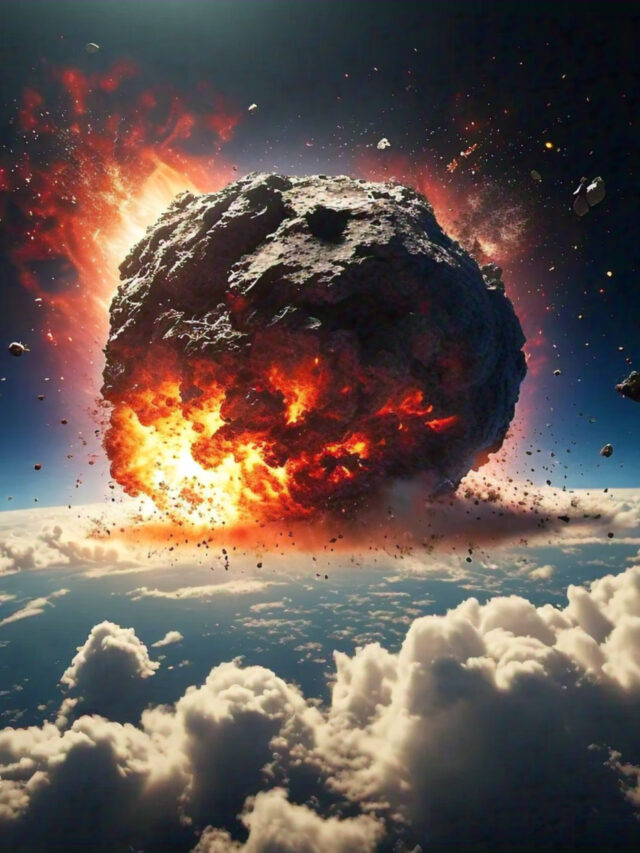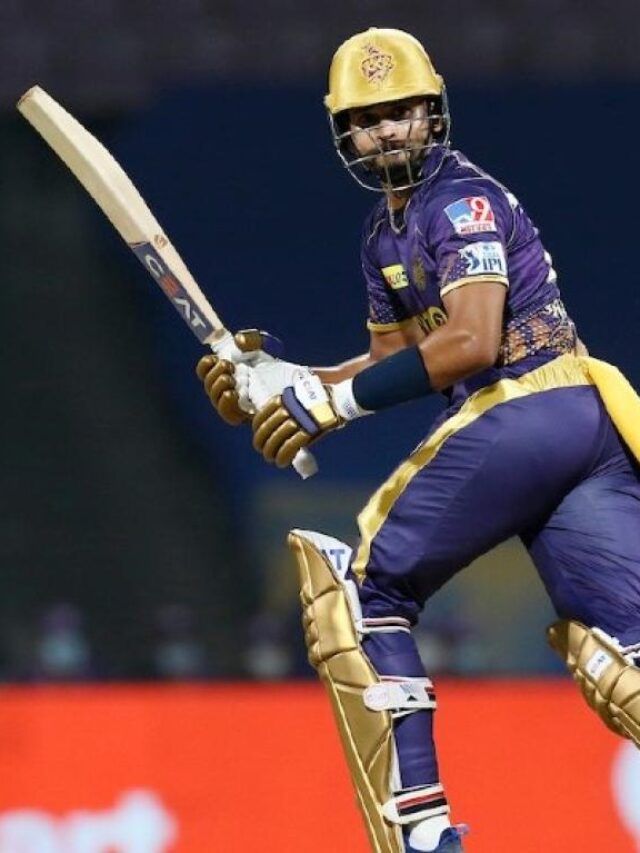
Plains and deserts play a crucial role in shaping the geography of the world, each with unique features and significance. In this article, Plains, Deserts GK MCQs With Answer & Explanation in English, you’ll explore a range of multiple-choice questions designed to test and enhance your knowledge of these vast landscapes.
From understanding the characteristics of plains to identifying major deserts across the globe, this comprehensive guide offers clear explanations for each answer, making it an excellent resource for competitive exams and general knowledge improvement.
1. Which one of the following mountain ranges forms a dividing line between the Ganges Plain and the Deccan Plateau?
- Aravalli
- Vindhya and Satpura
- Eastern Ghats
- Shivalik
Show Answer
Answer: Vindhya and Satpura
The Vindhya and Satpura mountain ranges form a dividing line between the Ganges Plain and the Deccan Plateau. They run roughly parallel to each other, with the Ganges Plain to the north and the Deccan Plateau to the south.
2. Which among the following separated the Great Plains of India from the Shiwalik?
- Main Control Thrust
- Main Boundary Thrust
- Himalayan Frontal Fault
- Great Boundary Fault
Show Answer
Answer: Himalayan Frontal Fault
The Great Plains of India are separated from the Shiwalik range by the Himalayan Frontal Fault (HFF). The Great Plains consist of alluvial deposits from Himalayan and peninsular rivers.
3. What is the approximate total length of the northern plain in India?
- 1500 km
- 1750 km
- 2400 km
- 3200 km
Show Answer
Answer: 2400 km
The approximate total length of the northern plain in India is about 2400 km, and its width varies from 145 km to 480 km.
4. The older alluvial plain above the level of the flood plains is known as which of the following?
- Tarai
- Khadar
- Bhangar
- Bhabar
Show Answer
Answer: Bhangar
The older alluvial plain above the level of the flood plains is known as Bhangar. It contains Kankar (Calcium Carbonate).
5. The new alluvial deposit along the flood plains of the river is known as which of the following?
- Tarai
- Khadar
- Bhangar
- Bhabar
Show Answer
Answer: Khadar
The new alluvial deposit along the flood plains of the river is known as Khadar. It is highly fertile in nature.
6. The Bhabar and Khadar plain are known as by which of the following pair of names in Punjab?
- Dhaya, Bet
- Dhaya, Doab
- Kankar, Rohi
- Playa, Dhankar
Show Answer
Answer: Dhaya, Bet
The Bhabar and Khadar plains in Punjab are known by the pair of names Dhaya and Bet. These terms are used to describe the different types of alluvial plains found in the region. Bhabar: The term “Bhabar” refers to the region at the foot of the Himalayan mountains. It consists of rocky and gravelly soil, and the streams from the mountains flow through it. The Bhabar region is not suitable for agriculture due to its rocky nature. Khadar: The term “Khadar” refers to the fertile alluvial plains that lie adjacent to rivers like the Ganges and Yamuna. These plains are periodically flooded, which brings rich silt and nutrients, making them highly suitable for agriculture. So, in Punjab, these plains are known as “Dhaya and Bet,” with “Dhaya” referring to the Bhabar region and “Bet” referring to the Khadar plains.
7. The Upland and Marshy land of the Delta plain is known by which of the following pair of names?
- Dhaya, Doab
- Dhaya, Doab
- Chars, Bils
- None of the above
Show Answer
Answer: Chars, Bils
The Upland and Marshy land of the Delta plain is known by the pair of names Chars and Bils. Chars: Chars are the higher, sandy, and more stable areas within the delta plain. They are relatively elevated compared to the marshy regions and are often used for agriculture and settlement. Bils: Bils refer to the low-lying, marshy, and swampy areas of the delta. They are typically inundated by water and are not suitable for agriculture or permanent settlement. These terms are commonly used to describe the diverse landscape of deltaic regions, such as those found in the deltas of rivers like the Ganges and Brahmaputra in the Indian subcontinent.
8. The fertile tract of the Rajasthan plains is known by which of the following name?
- Dhaya
- Chars
- Rohi
- Ghaggar
Show Answer
Answer: Rohi
The fertile tract of the Rajasthan plains is known by the name Rohi. Rohi is a region in the western part of the Rajasthan plains that is known for its relatively fertile soil and agricultural productivity. It is distinct from the arid and desert regions that Rajasthan is often associated with and is characterized by a more favorable environment for farming. The presence of the Ghaggar-Hakra River and its associated alluvial plains contributes to the fertility of the Rohi region.
9. What is the total length of the Ganga plain?
- 1400 km
- 2100 km
- 2800 km
- 3000 km
Show Answer
Answer: 1400 km
The total length of the Ganga plain is 1400 kilometers from East to West. The average width is 300 kilometers from North to South.
10. The undulating, aeolian, sandy deposit of the upper Ganga plain is known as by which name?
- Bhur
- Dhaya
- Dhriyan
- Rohi
Show Answer
Answer: Bhur
The undulating, aeolian (wind-deposited), sandy deposit of the upper Ganga plain is known as Bhur. The Bhur region is characterized by sandy soils and is part of the larger Ganga plain in northern India. It is often associated with dunes and sand dune landscapes, which are shaped by wind action. While it may not be as fertile as other parts of the Ganga plain, it is still used for various agricultural activities and supports a variety of vegetation.







